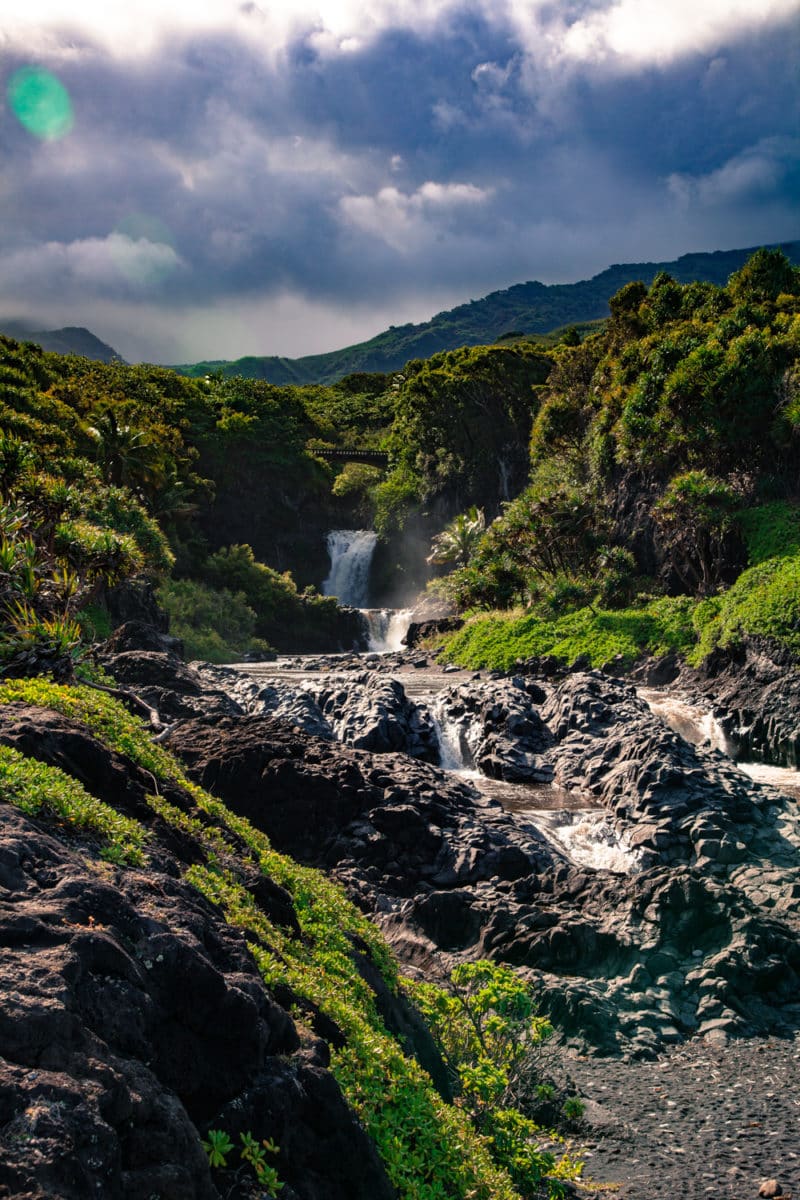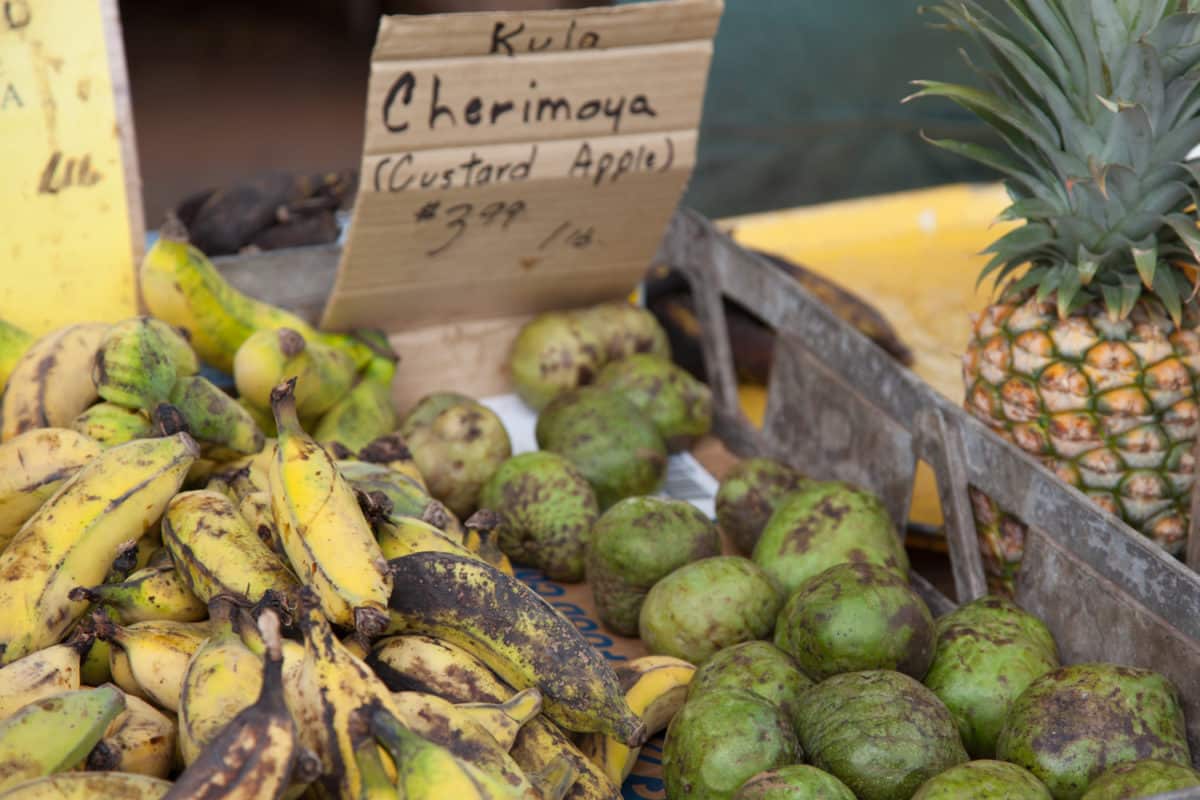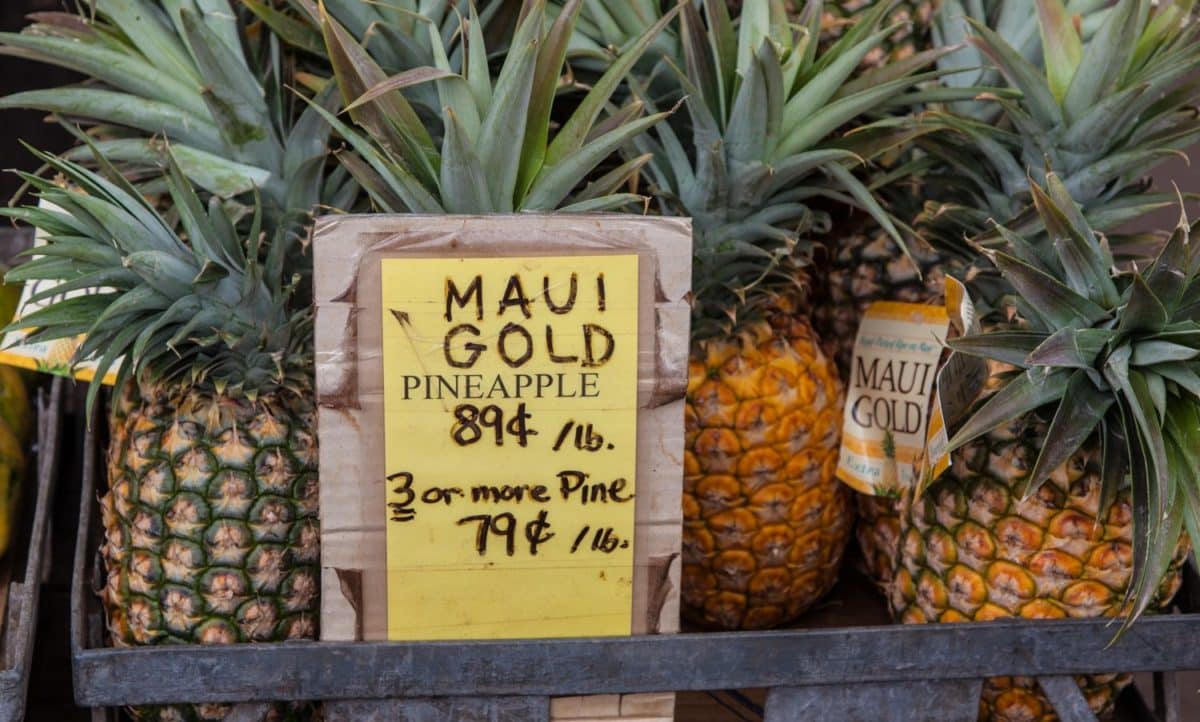
I screamed into the wind in sheer delight (and terror) as the helicopter swooped in and down around the island of Kauai. We had been told by friends that a helicopter ride around Kauai was a definite must, but if we did it, we should opt for one that did not have doors. “You get a much better view!” they said. Of course we were also flying in a helicopter without doors. A simple lap belt was all that was keeping me from plummeting thousands of feet to my death. But they were right. The view was life changing.
I had recently quit my day job as a graphic designer to go full-time freelance. I had started a food blog a year before. Though I wasn’t yet earning money from blogging, it had lit a fire underneath me to do more satisfying work. So I took the plunge to freelance, and because my partner teaches at a community college we had an opportunity to travel in the summer. It was a rare chance to spend a whole summer away from home. We packed our bags with t-shirts, board shorts and flip flops, and headed to Hawaii.
We had been to Hawaii a number of times on short vacations or for destination weddings. The Kauai trip had been one of those trips and it had whetted our appetites for tropical islands. For our summer travel we opted for Maui, an island that had native Hawaiian culture and metropolitan life as well as countryside, plenty of hiking, and beaches for exploring and camping. What we didn’t expect was the abundance of locally grown fruit and produce. In the past, when we vacationed for a week at a hotel or resort, we ate out and went to the beach. Now, living in a rented condo for five weeks, we were going to cook our own food. That meant shopping at local grocery stores and farmers markets.

Most folks think of pineapple when they think of Hawaii. It’s not a bad association, as pineapple on Hawaii really is ubiquitous. And it’s so much better than any pineapple you can get on the mainland. If you’ve had only canned pineapple or even fresh pineapple from a supermarket, it’s usually a fibrous fruit without nuanced flavor, with sugary sweetness if it’s sweet at all. This is because pineapples won’t ripen after they are picked, and once they are ripe they are fragile and bruise easily. Pineapples that reach the mainland were intentionally picked under-ripe for shipping purposes.
But Hawaii pineapple, eaten in Hawaii, was an eye-opening experience, with intense honey sweetness and bright tropical acidity. Did it help that we ate the fresh pineapple on the lanai with the ocean breeze in the background and majestic swaying palm trees in the distance? Perhaps. It certainly didn’t hurt.
This revelation extended to other Hawaii fruit. I was shocked to find out that there were many different types of bananas.
I live in San Francisco where I am spoiled by the amount of heirloom produce available at farmers markets. But I have yet to come across heirloom bananas anywhere outside of Hawaii. Bananas can grow only in specific tropical regions. Because they don’t ship well over long distances, the bananas most Americans are familiar with are the basic yellow bananas sold in supermarkets. But in Hawaii, the various bananas actually have different flavors.
Ice Cream Bananas and Apple Bananas and Red Bananas can be found at farmers markets, produce stands, and occasionally at the local grocery store. Each banana has a slightly different shape, and though they all taste like bananas, each has a distinctive flavor. How is that possible? Think about going to a hardware store to buy some white paint. You think it’s going to be an easy thing to do, but the minute you start looking at paint chips, you realize that white comes in myriad colors, from ecru to eggshell to bone white to brilliant titanium white. They are all white but they all have different tones. Hawaii bananas are the same way. Some have the creamy smoothness of vanilla ice cream while others are intensely sweet with an almost apple-berry flavor. Why aren’t these bananas available elsewhere? Most likely it’s because of the lack of demand and the cost of shipping them.
Hawaii has its own indigenous tropical fruit that can be hard to find on the mainland. On Maui I was surprised to see wax apples, a fruit I had discovered and loved in Taiwan. But they aren’t usually sold at farmers markets. When I asked a vendor if she sold them, she just giggled and said, “Oh no one sells those. We just take them from our neighbors’ trees when we want them.” Other native fruit like passion fruit, strawberry guavas, and cherimoya can be found at farmers markets, but the demand from the public isn’t high. Often it’s easier to do as the locals do, and pick from fruit trees while strolling down to the beach.
Most folks think of pineapple when they think of Hawaii. It’s not a bad association, as pineapple on Hawaii really is ubiquitous. And it’s so much better than any pineapple you can get on the mainland. If you’ve had only canned pineapple or even fresh pineapple from a supermarket, it’s usually a fibrous fruit without nuanced flavor, with sugary sweetness if it’s sweet at all. This is because pineapples won’t ripen after they are picked, and once they are ripe they are fragile and bruise easily. Pineapples that reach the mainland were intentionally picked under-ripe for shipping purposes.
But Hawaii pineapple, eaten in Hawaii, was an eye-opening experience, with intense honey sweetness and bright tropical acidity. Did it help that we ate the fresh pineapple on the lanai with the ocean breeze in the background and majestic swaying palm trees in the distance? Perhaps. It certainly didn’t hurt.
This revelation extended to other Hawaii fruit. I was shocked to find out that there were many different types of bananas.

Most folks think of pineapple when they think of Hawaii. It’s not a bad association, as pineapple on Hawaii really is ubiquitous. And it’s so much better than any pineapple you can get on the mainland. If you’ve had only canned pineapple or even fresh pineapple from a supermarket, it’s usually a fibrous fruit without nuanced flavor, with sugary sweetness if it’s sweet at all. This is because pineapples won’t ripen after they are picked, and once they are ripe they are fragile and bruise easily. Pineapples that reach the mainland were intentionally picked under-ripe for shipping purposes.
But Hawaii pineapple, eaten in Hawaii, was an eye-opening experience, with intense honey sweetness and bright tropical acidity. Did it help that we ate the fresh pineapple on the lanai with the ocean breeze in the background and majestic swaying palm trees in the distance? Perhaps. It certainly didn’t hurt.
This revelation extended to other Hawaii fruit. I was shocked to find out that there were many different types of bananas.
For me, the proliferation and widespread use of local fruit was startling. The chance to try fruit that I couldn’t get at home gave me a new appreciation of enjoying what was at hand. Food writers and food enthusiasts are constantly trying to find the next trend, the next new thing. But diving deep into local food, into what is immediately available to you, is just as satisfying.
By the time I got back from Hawaii I was supremely tan and had a new interest in the local heirloom fruit available to me at home in San Francisco. I’ve always been an advocate for seasonal fruit but sometimes I’d been lazy. When strawberries are available year-round, it’s hard to remember that they really are at their peak in late spring to early summer. Now I’m more aware of what’s local and fresh. It’s true that sometimes I cave in and buy a pineapple at the grocery store, but it’s almost always disappointing. Perhaps I just wish I was back in Hawaii, walking to the beach, picking an apple guava off a tree and enjoying life in the moment. ![]()
First published December 2016
